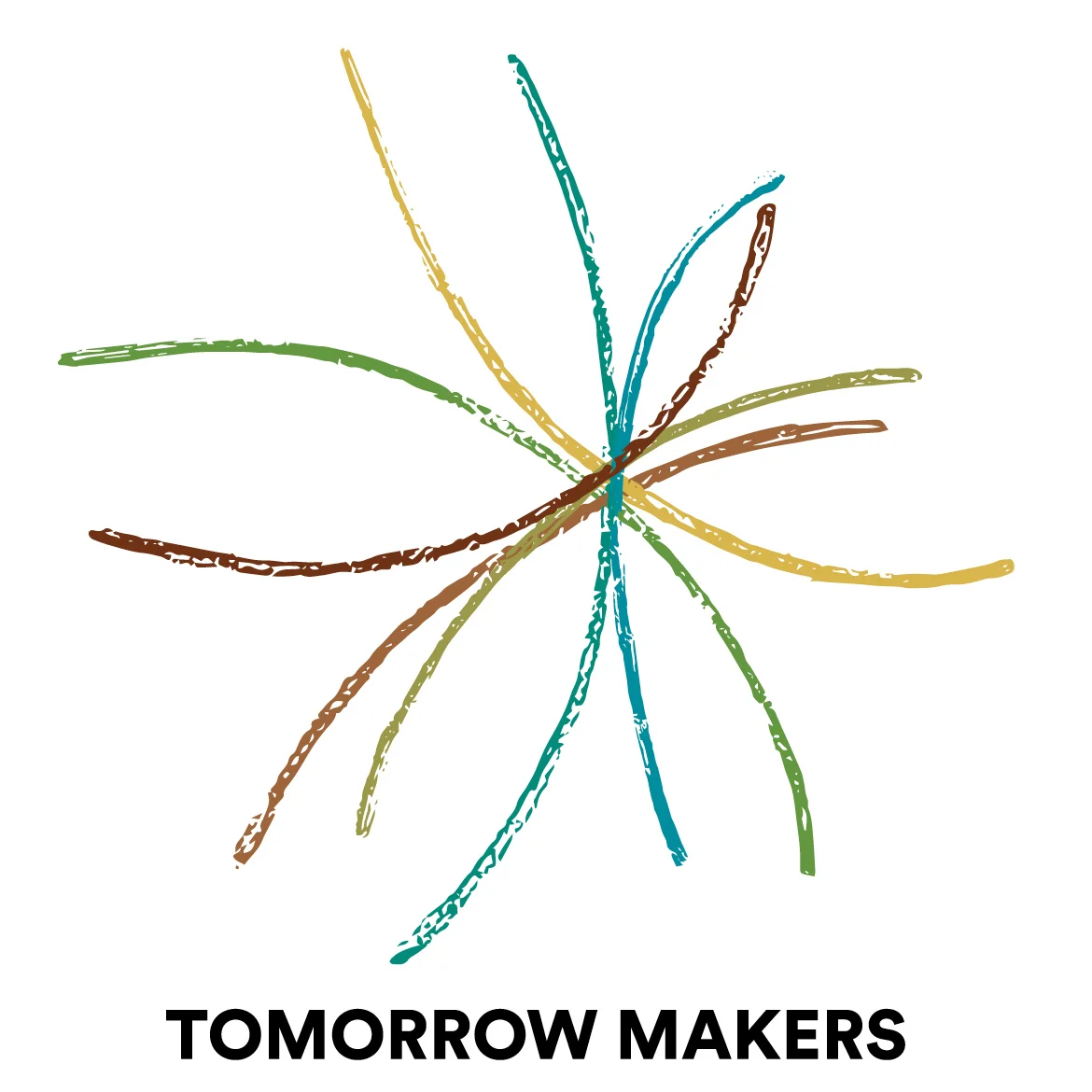Spark Card: Finding New Search Images
/We are prepared to see, and we see easily, things for which our language and culture hand us ready-made labels. When those labels are lacking, even though the phenomena may be all around us, we may quite easily fail to see them at all. The perceptual attractors that we each possess are the filters through which we scan and sort reality, and thereby they determine what we perceive on high and low levels. - Douglas Hofstadter

Hofstadter's 'perceptual attractors' are what we call search images. These images are the perceptual cues we look for to identify and assess the systems that make up our world.
Kevin Kelly's Out of Control, Chapter 4: Assembling Complexity, provides a great example by telling the story of what ecologist Steve Packard learned over numerous attempts to grow a prairie from scratch. He has some of the necessary search images going into his exploration, but they proved insufficient:
Packard began to wonder if anyone, including himself, would go through the difficulties of burning an empty plot for decades if they had nothing to show for it. He felt yet another ingredient must be missing which prevented a living system from snapping together. He started reading the botanical history of the area and studying the oddball species...
When he identified the unknown species flourishing so well in the new oak-edge patches, he discovered they didn't belong to a prairie, but to a savanna ecosystem -- a prairie with trees... He had brought the flowering plant to a university expert because varieties of blazing star defy nonexpert identification. "What the heck is this?" he'd asked the botanist. "It's not in the books, it's not listed in the state catalogue of species. What is it?" The botanist had said, "I don't know. It could be a savanna blazing star, but there aren't any savannas here, so it couldn't be that. Don't know what is." What one is not looking for, one does not see. Even Packard admitted to himself that the unusual wildflower must have been a fluke, or misidentified. As he recalls, "The savanna species weren't what I was looking for at first so I had sort of written them off.
... An epiphany of sorts overtook Packard when he watched the piles of his seed accumulate in his garage. The prairie seed mix was dry and fluffy-like grass seed. The emerging savanna seed collection, on the other hand, was "multicolored handfuls of lumpy, oozy, glop," ripe with pulpy seeds and dried fruits. Not by wind, but by animals and birds did these seeds disperse. The thing -- the system of coevolved, interlocking organisms -- he was seeking to restore was not a mere prairie, but a prairie with trees: a savanna... once Packard got a "search image" of the savanna in his mind, he began to see evidence of it everywhere.
Packard sowed the mounds of mushy oddball savanna species, and within two years the fields were ablaze with rare and forgotten wildflowers: bottlebrush grass, blue-stem goldenrod, starry champion, and big-leafed aster. In 1988, a drought shriveled the non-native weeds as the reseeded natives flourished and advanced.
What search images are you using to identify the key ingredients and instructions for assembling the project or venture you're working on? Individually, take a few minutes to think about and identify some of your search images. Share your search images with each other.
As a group, brainstorm on a couple dozen (or more) search images beyond what is common to your collective experience. What are the 'oddball species' that, upon closer examination, may reveal new insights into the nature of what you want to create?
Select a handful of the most intriguing and spend enough time in conversation with each other to see your ideas through these lenses. Keep these images with you for several weeks and see what you see.
This is the fifth in a series of Spark Cards being published to the Tomorrow Makers Journal

